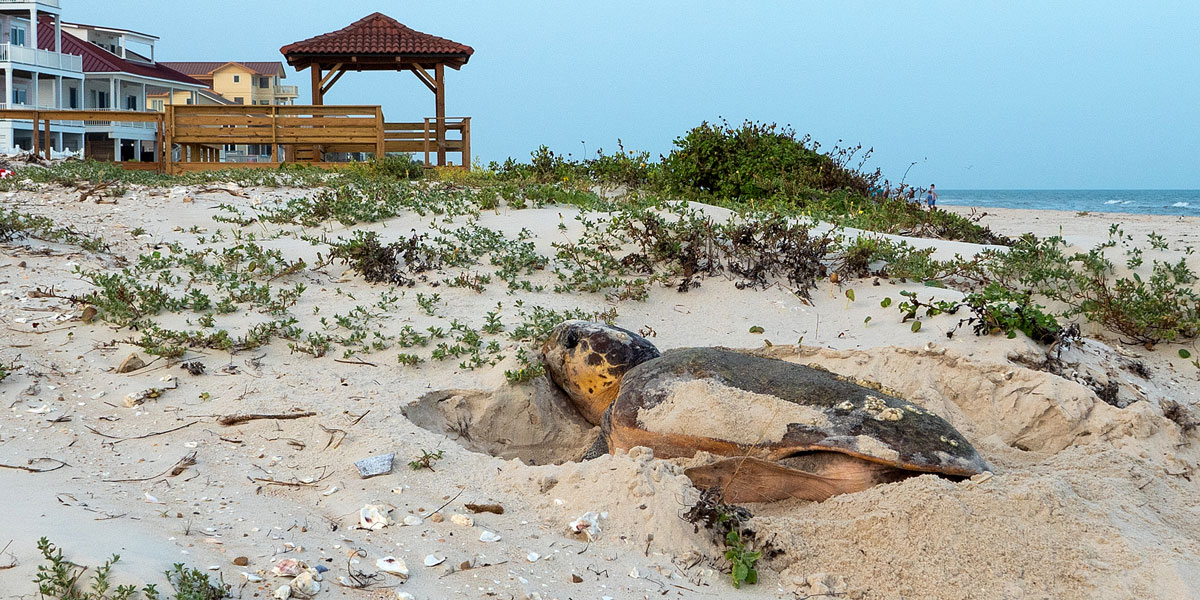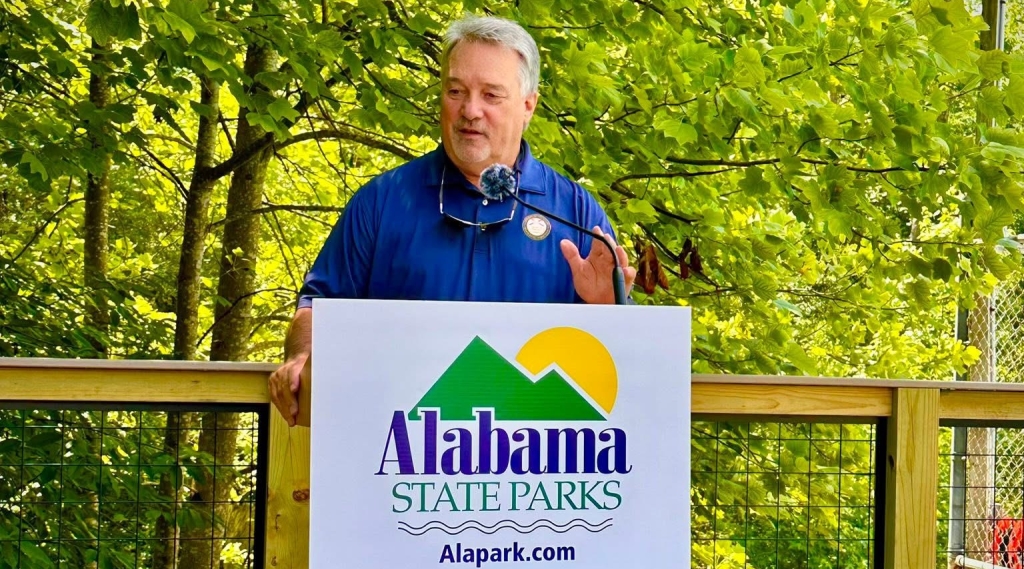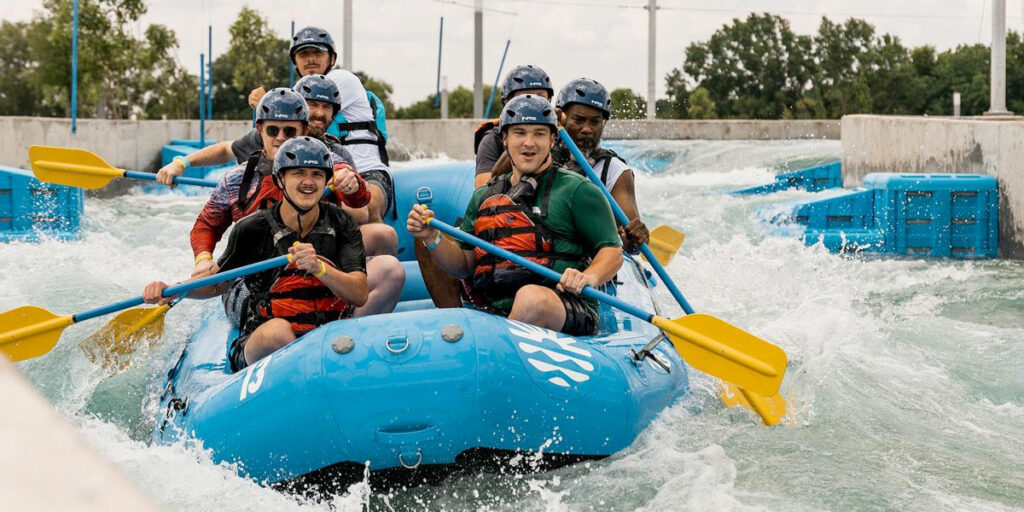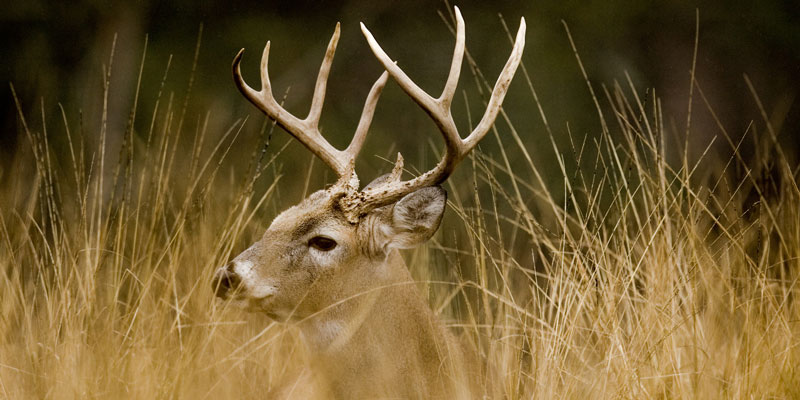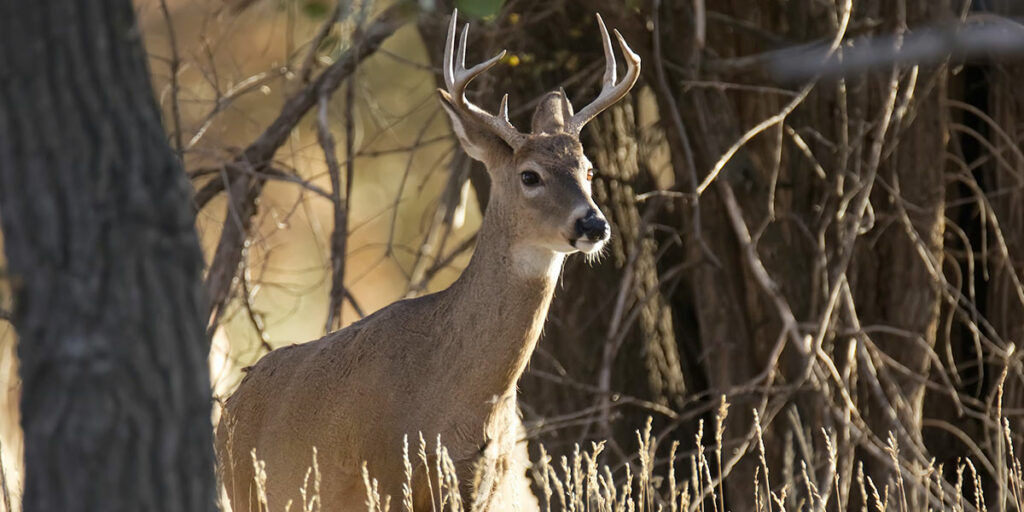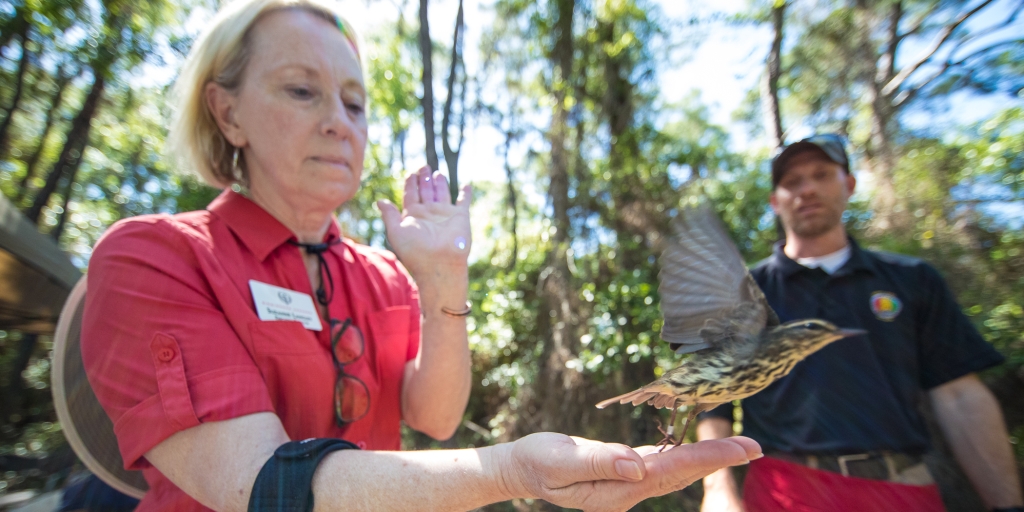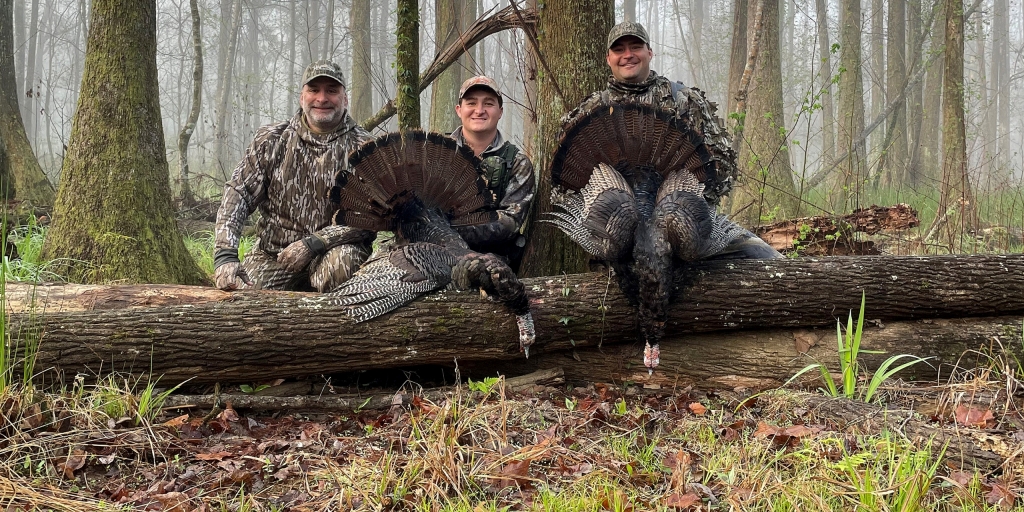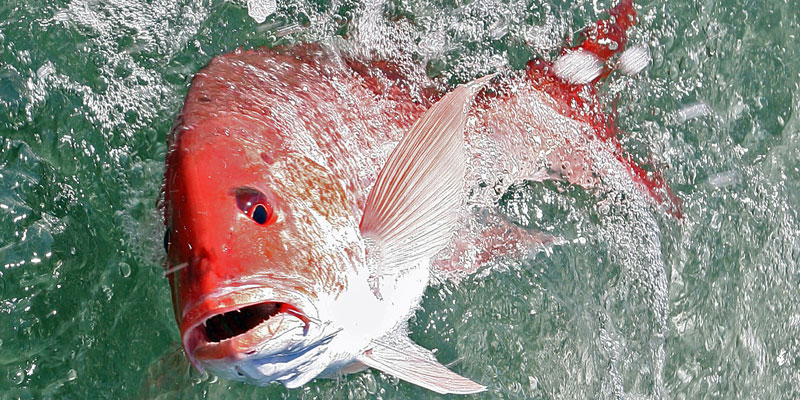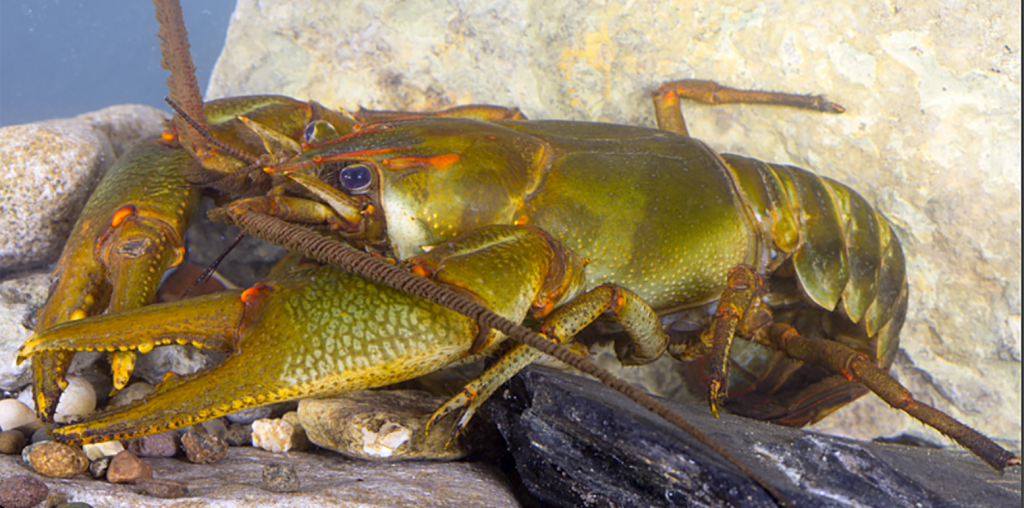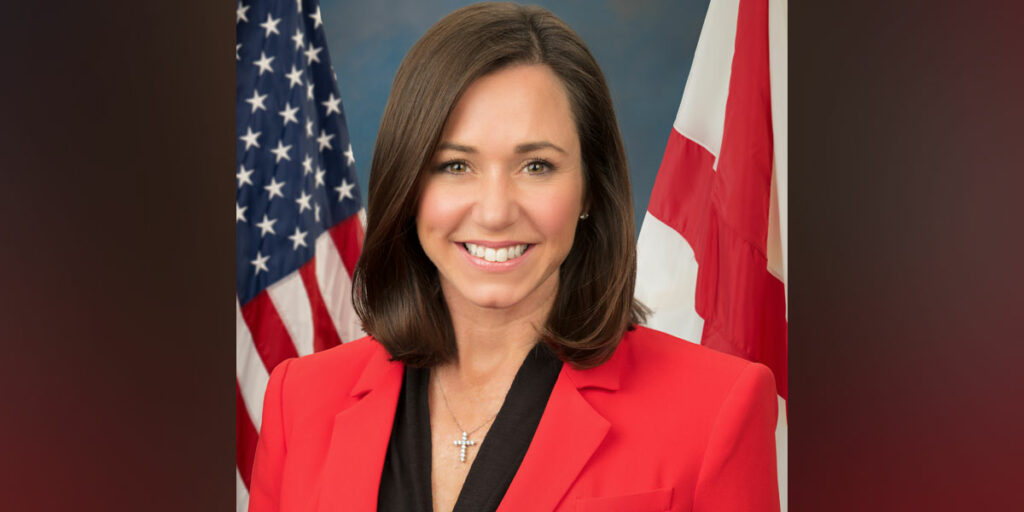For those who love sea turtles, and who doesn’t, training to be a volunteer for the Share the Beach initiative is coming up this month.
The training session for Dauphin Island is set for 6 p.m. March 21 at the Shelby Auditorium at Dauphin Island Sea Lab. The training meeting at Gulf Shores is scheduled for 6 p.m. March 23 at Erie Meyer Civic Center.
Sara Johnson, Share the Beach director, said the volunteer training meetings are used to teach people how to become a volunteer and what can be expected from those who commit to the program. The volunteer recruitment is only open briefly before teams are organized and trained for the monitoring season, which starts May 1.
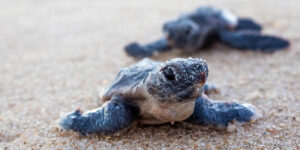
Share the Beach was formed in 2005 by the Friends of the Bon Secour Wildlife Refuge in Gulf Shores. In 2018, the Bon Secour group asked the Alabama Coastal Foundation (ACF) to oversee the program, abiding by protocols set by the U.S. Fish and Wildlife Service under the federal endangered species recovery permit, which allows volunteers to help protect the nesting sea turtles and their habitat.
That same year, the Alabama Department of Conservation and Natural Resources (ADCNR) and the Natural Resources Damage Assessment Alabama Trustee Implementation Group provided the program $1,000,000, distributed over 3 years. Conservation Commissioner Chris Blankenship is the Lead Trustee for Alabama.
The funding allows the continued operation, expansion, and enhancement of Alabama’s Share the Beach program by educating the public about the conservation of sea turtles in the wild and by identifying and helping to minimize human threats.
The funding also improves the effectiveness and efficiency of sea turtle nesting data collection. These data are made available to local governments, the state, and U.S. Fish and Wildlife Service (USFWS) to support their work in actively reducing threats to nesting sea turtles, nests, and hatchlings. This funding helps ensure the Alabama program operates on a similar level with other programs throughout the southeastern United States and increases Alabama’s contribution to overall efforts to support sea turtle restoration in the Gulf of Mexico.
The sea turtles, which have estimated lifespans of 50 to 100 years, utilize Alabama’s coastline to start nesting activity in May and finish in August, according to Johnson
“We monitor through Oct. 31,” she said. “Any eggs laid in late August will incubate into October. The incubation period averages 55 to 60 days.”
The Southeast Regional Sea Turtle Meeting was held recently at Perdido Beach Resort in Orange Beach, and I hung out with a large group of sea turtle biologists after a day of meetings. One of the presenters, Matt Ware, performed research for his doctorate from Florida State by monitoring nesting activity on the Fort Morgan peninsula.
“The research I was doing on Fort Morgan was looking at the effects of nest relocation, how much we were doing it, did we need to do it, and how do we identify those nests that are truly at risk against those nests that would be best left in place,” said Ware, now a coastal ecologist and researcher with the University of North Carolina-Wilmington Center for Marine Science. “We were looking at nest exposure for predation and how do we identify those nests really at risk, how we move those to safer locations, and are there consequences if we guess wrong.
“We were able to identify factors like beach elevation, which is much more important than the distance to the water. The Alabama beaches are nice and flat, so when a storm comes, most of the beach is going underwater. So, elevation is much more important.
“One thing we also found was that it varies depending on the time of year. Anyone who spends any time on the coast knows we see a lot of our hurricanes and tropical storms later in the season. So, those September-October storms are affecting those nests that are coming in around August. The earlier season nests are doing well. The later season nests not so much.”
The good news found in Ware’s research is that those nests that might be inundated by water at some point are still producing hatchlings.
“The water doesn’t mean that nest is lost,” he said. “We do see a reduction in hatchling success compared to a nest that is otherwise not washed over or predated. We get about an 80- to 85-percent success out of those nests, while a washed-over nest may have about half that. But those washed-over nests are cooler and take longer to incubate, so you may be seeing more males.
“A lot of research shows that those nests that take longer may produce more fit hatchlings. They’re larger. They crawl faster.”
Ware is optimistic about the sea turtle activity along Alabama’s relatively short coastline of only 53 miles.
“Alabama is still producing tons of hatchlings,” he said. “We’re still seeing plenty of nesting coming in. Some of the management concerns, in addition to the nest inundation, are things like lighting. There’s a holistic view we need to take when we’re looking at beach management and sea turtle management.
“All the volunteers with Share the Beach do a fantastic job. They record the nests as they come in. They protect the nests and put in thousands of hours each year.”
Ware has been doing research in Alabama for the past 12 years, and he said, in that time, 1,350 nests have been recorded and 1,325 have been the loggerhead turtle, which can weigh as much as 375 pounds with a length of 3.5 feet.
“That shows how dominant the loggerhead nesting is here in Alabama,” he said. “In that same time frame, we’ve had 20 Kemp’s Ridley and 5 green sea turtles. The greens are really exciting because they don’t typically nest here, but we’ve seen more of them lately, which is exciting.”
However, nesting success doesn’t necessarily translate into a significant increase in the number of hatchlings that survive until adulthood. Ware said the odds are not in favor of the hatchlings.
“Optimistically, the survival rate is 1 in 1,000,” he said. “Pessimistically, it’s 1 in 10,000. Turtle eggs and hatchlings are the main source of nutrients for the beach ecosystem. Protecting those hatchlings that make it to adulthood by reducing bycatch in the fisheries industry is important. Those individuals who have survived the most harrowing part of their journey are more important from a conservation perspective.”
Johnson shares Ware’s excitement about the increase in the number of green sea turtle nests in Alabama.
“Up until last year, I would have said green sea turtles were even more rare than Kemp’s Ridleys,” Johnson said. “But last year, we had six green sea turtle nests, which is unheard of for our area. That was a very special year.”
Gulf State Park and the State Park Pier are among the facilities outfitted with turtle friendly lighting. The lighting guidelines include mounting the fixtures as low as possible with low wattage. The lights should be shielded and project a long wavelength light that is typically red, amber, or orange.
“We are making progress,” Johnson said of the transition to turtle friendly lighting along the Alabama coast. “Every little change helps. We’ve gotten The Hangout completely retrofitted, and it is in full compliance during the nesting season. We had several large condos retrofit their lights to meet the turtle friendly standards. It’s a slow process, but we’re getting there. We’re getting better at finding nests. We’re getting better at monitoring nests, so we’re having more success with hatchlings surviving to the water.
“The program was started because of hatchlings being disoriented by beachfront lighting. Hatchlings that were being lost to the dunes or being found out in the road are now making their way to water where they belong. We’re definitely seeing progress on that front.”
Share the Beach’s volunteers typically number around 450. They are organized into teams, and the tasks include patrolling the beach, educating the public and school groups, conducting late-night nest observations and assisting with supply and equipment preparations.
“We ask our volunteers for a minimum of two hours a week during patrol season,” Johnson said. “Once we have nest hatchings in July, we bump it up and ask for six hours per week. We manage 48 miles of beachfront, so we really do need that many volunteers.”
Share the Beach’s parent organization, ACF, is celebrating its 30th anniversary with a goal of improving and protecting Alabama’s coastal environment. ACF also oversees the Oyster Shell Recycling Program.
“We do that with cooperation, education and participation,” said ACF Executive Director Mark Berte. “We do that with different programs, like the Good Life Ride at Gulf State Park. The more people we get out on bicycle rides, walking trails or kayaking, the more they will want to protect our coastal environment.
“As far as the sea turtle monitoring, we have a lot of protocols to follow to see what’s happening with our sea turtle populations. They’re protected by the Endangered Species Act, so it’s important for us to understand all we can about these amazing creatures that have been here for millions of years.”
Visit joinacf.org for more information on ACF and Share the Beach.
David Rainer is an award-winning writer who has covered Alabama’s great outdoors for 25 years. The former outdoors editor at the Mobile Press-Register, he writes for Outdoor Alabama, the website of the Alabama Department of Conservation and Natural Resources.




